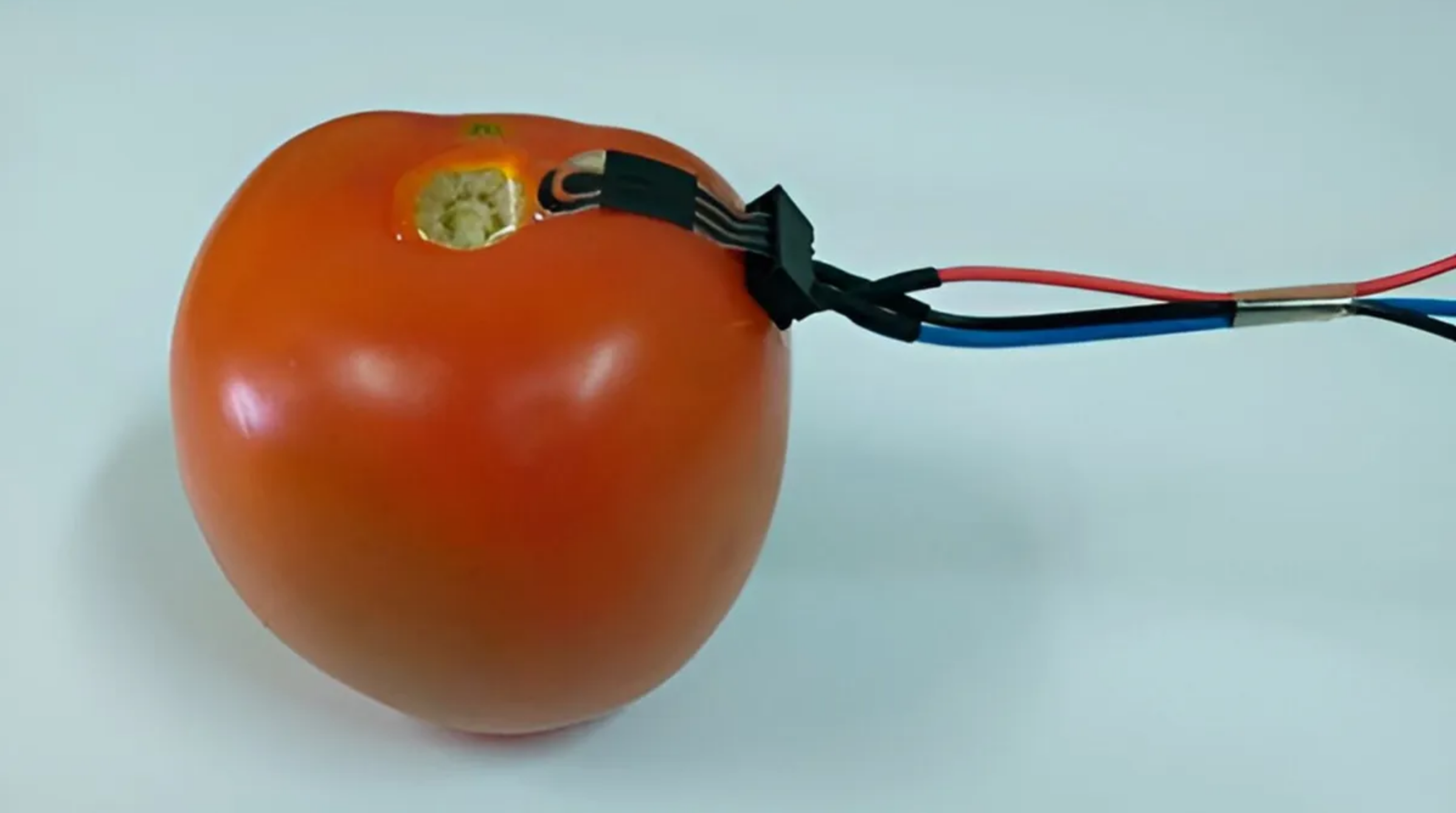A Silent Storm
Microplastics, those tiny, often invisible particles, have been making headlines for their pervasive presence in our oceans and ecosystems. But their impact extends far beyond Earth’s surface. Recent studies have revealed a startling truth: microplastics are infiltrating our skies, potentially altering weather patterns and climate systems.
These minuscule plastic fragments, originating from various sources like synthetic clothing, tire wear, and industrial processes, are being carried aloft by winds. Once in the atmosphere, they can act as cloud condensation nuclei—tiny particles around which water vapor condenses to form clouds.
A Cloudy Outlook
By increasing the number of cloud condensation nuclei, microplastics can influence cloud formation, size, and lifespan. This could lead to changes in precipitation patterns, including more frequent and intense rainfall events or prolonged droughts. Additionally, microplastics can absorb sunlight, altering the amount of solar radiation reaching Earth’s surface, which could further impact temperature and climate patterns.
A Growing Concern
The implications of microplastic pollution in the atmosphere are far-reaching. While research is still ongoing, it’s clear that this emerging issue demands immediate attention. To mitigate the problem, we must reduce plastic production and consumption, improve waste management practices, and invest in innovative technologies to capture and remove microplastics from the environment.
By taking collective action, we can protect our planet and ensure a sustainable future. Let’s work together to address this pressing issue and safeguard our skies for generations to come.







